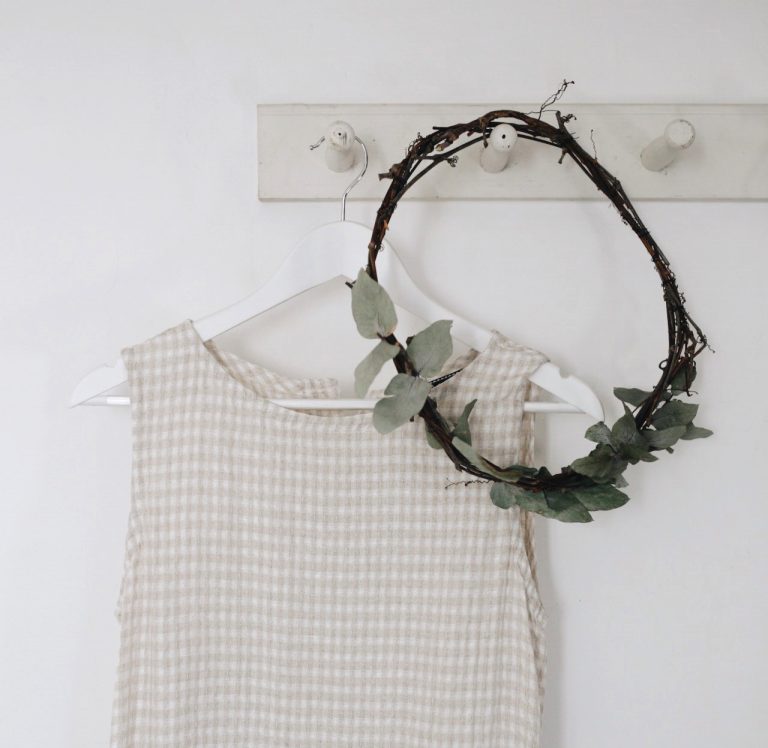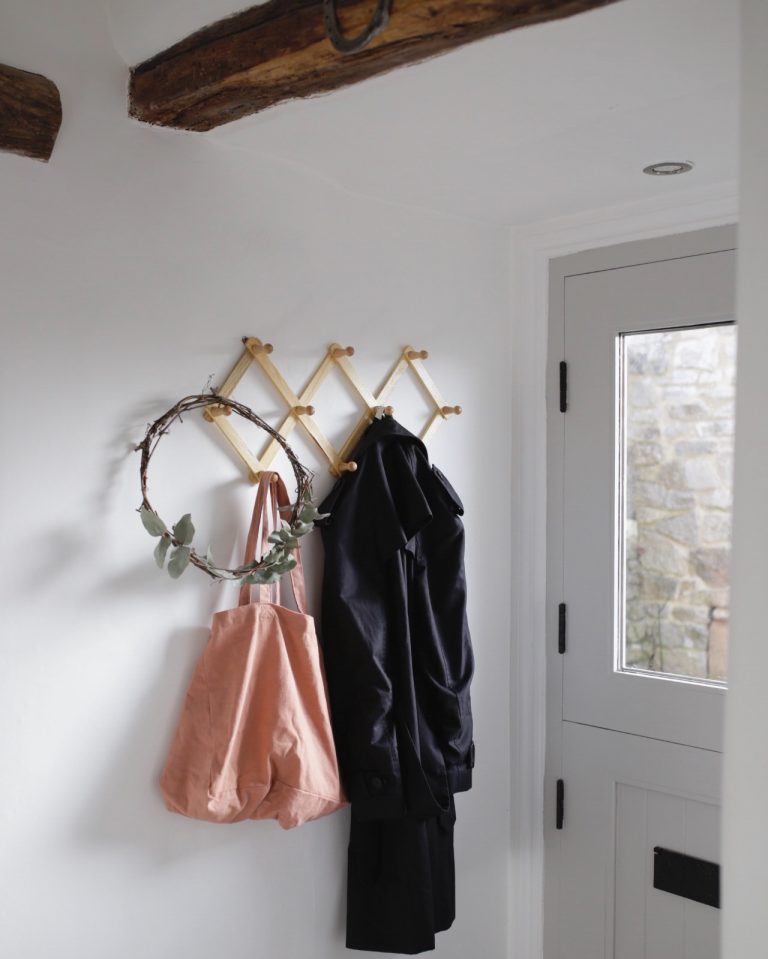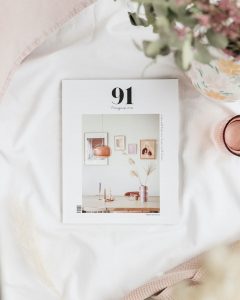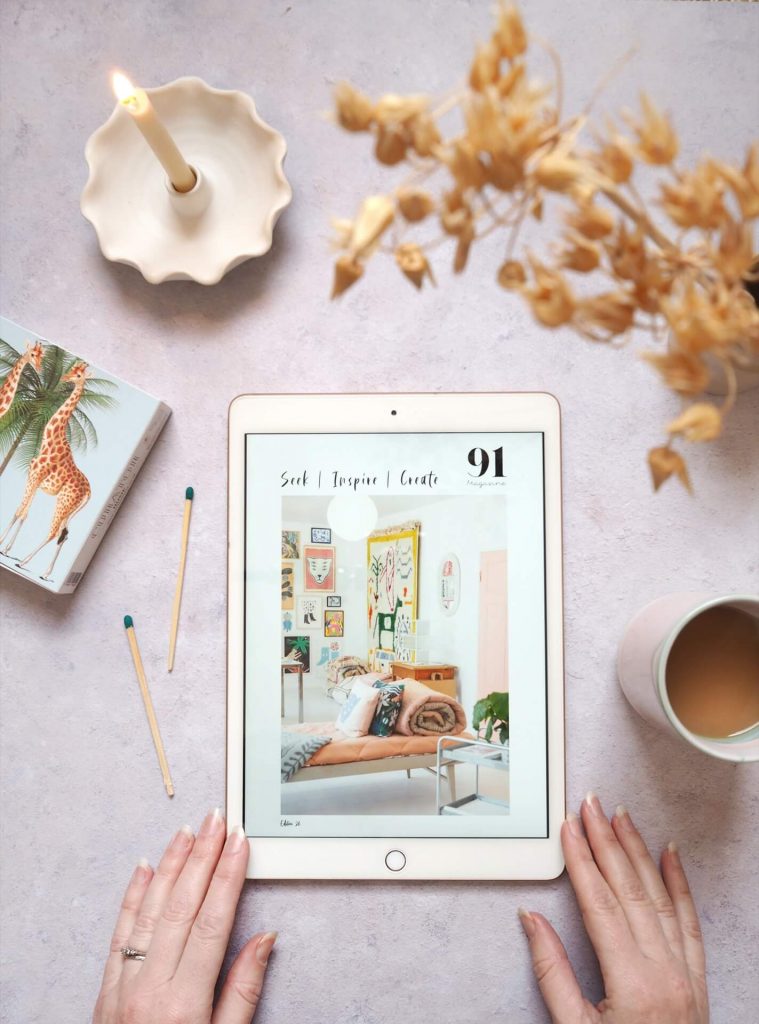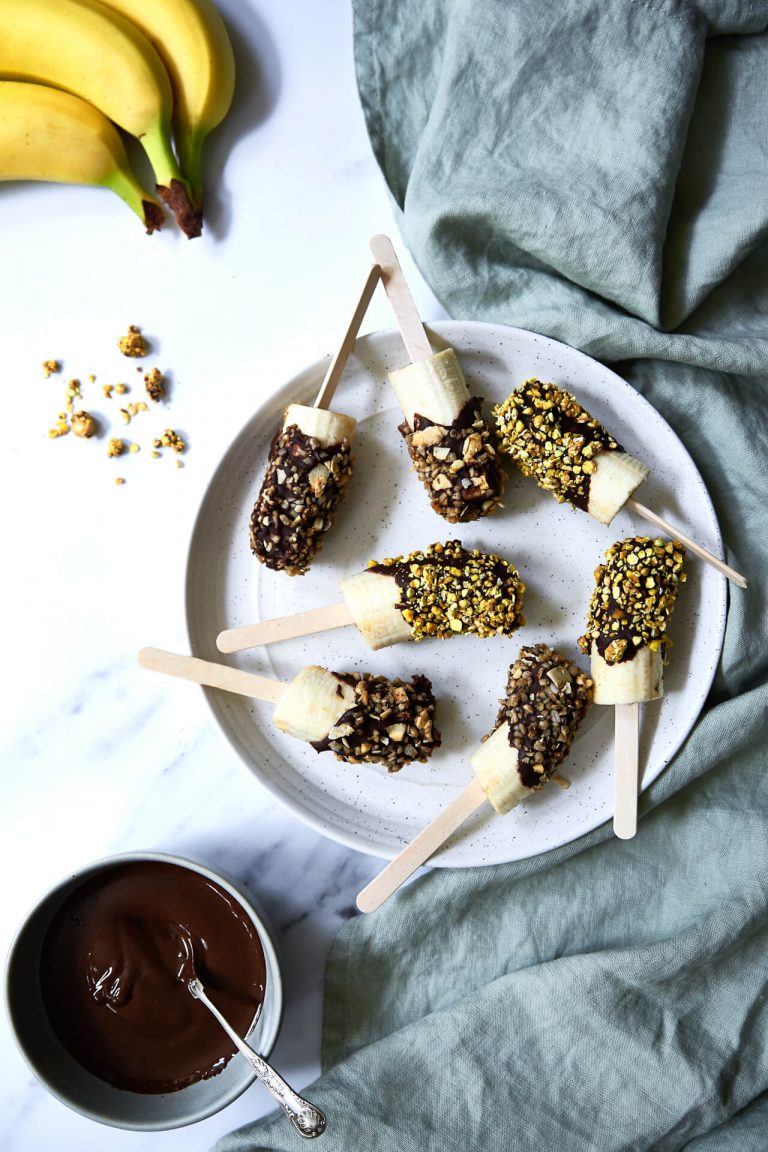I blame ignorance for my poor track record with fast fashion. Until switching to a minimal lifestyle, I never gave a second thought to who made my clothes. I never considered how they had been made, what chemicals had been used in the process or how the company had disposed of their waste. I’d think nothing of buying cheap clothes with a view to throwing them away after only wearing them once. They say you can’t turn awareness off and this has been true for me when it comes to the ethics of the fashion industry.
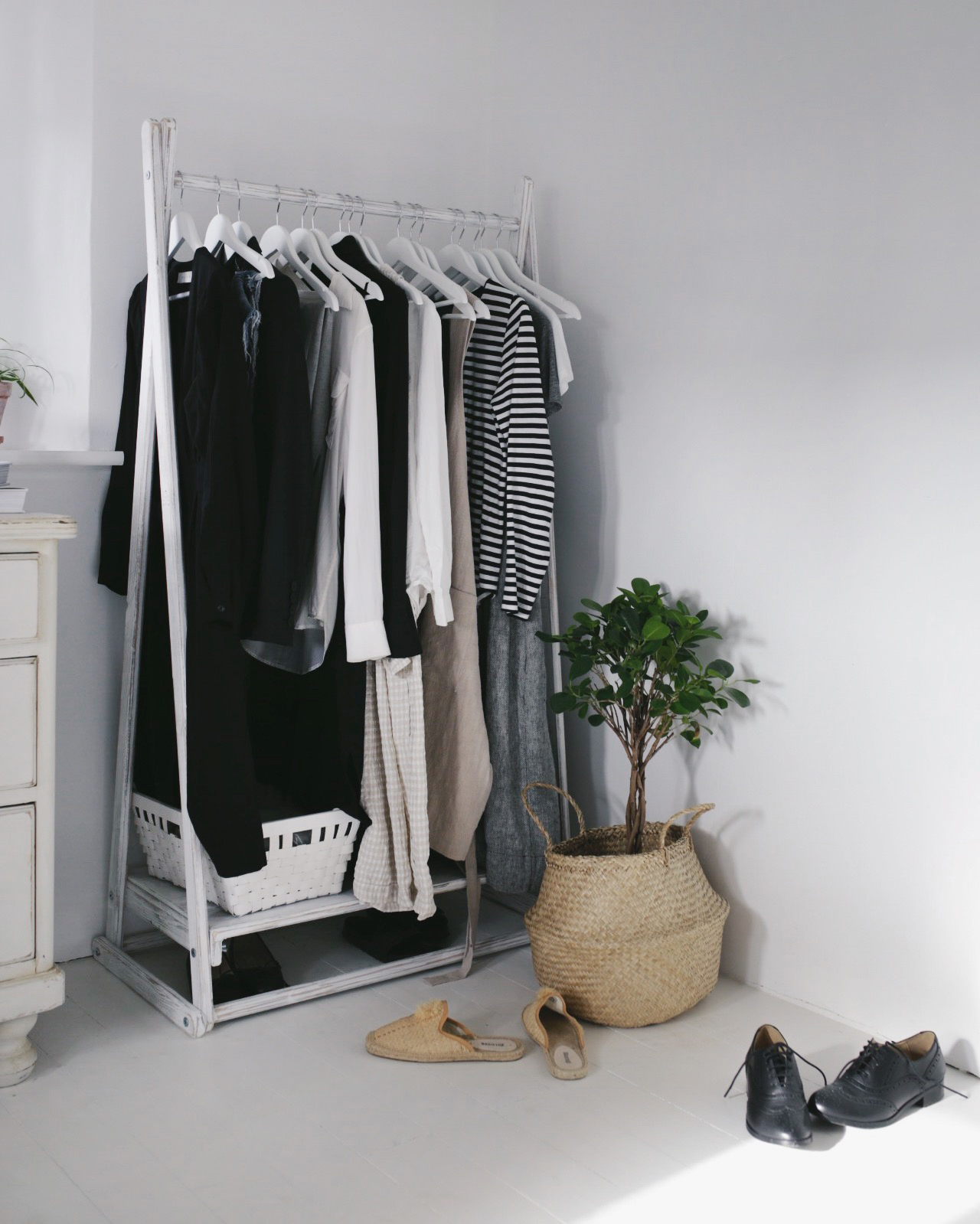
Second to the meat industry, fashion is the largest polluter on the planet and concern over our ever faster curing wardrobes is escalating. Fifty three million tonnes of clothes are produced globally each year, of which 87% ends up in land fill. With documentaries like The True Cost and Fashion’s Dirty Secrets blowing the whistle on the retail giants who don’t seem to care what devastation they leave in their wake, there has been an inevitable increase in the desire to turn our attention and wallets to ethical fashion.
If fast fashion is the problem, the answer is to buy less but better and slow down the turnover of our wardrobes. The good news is that there are endless simple ways we can do this. Here are seven easy steps you can take to get started with ethical fashion.
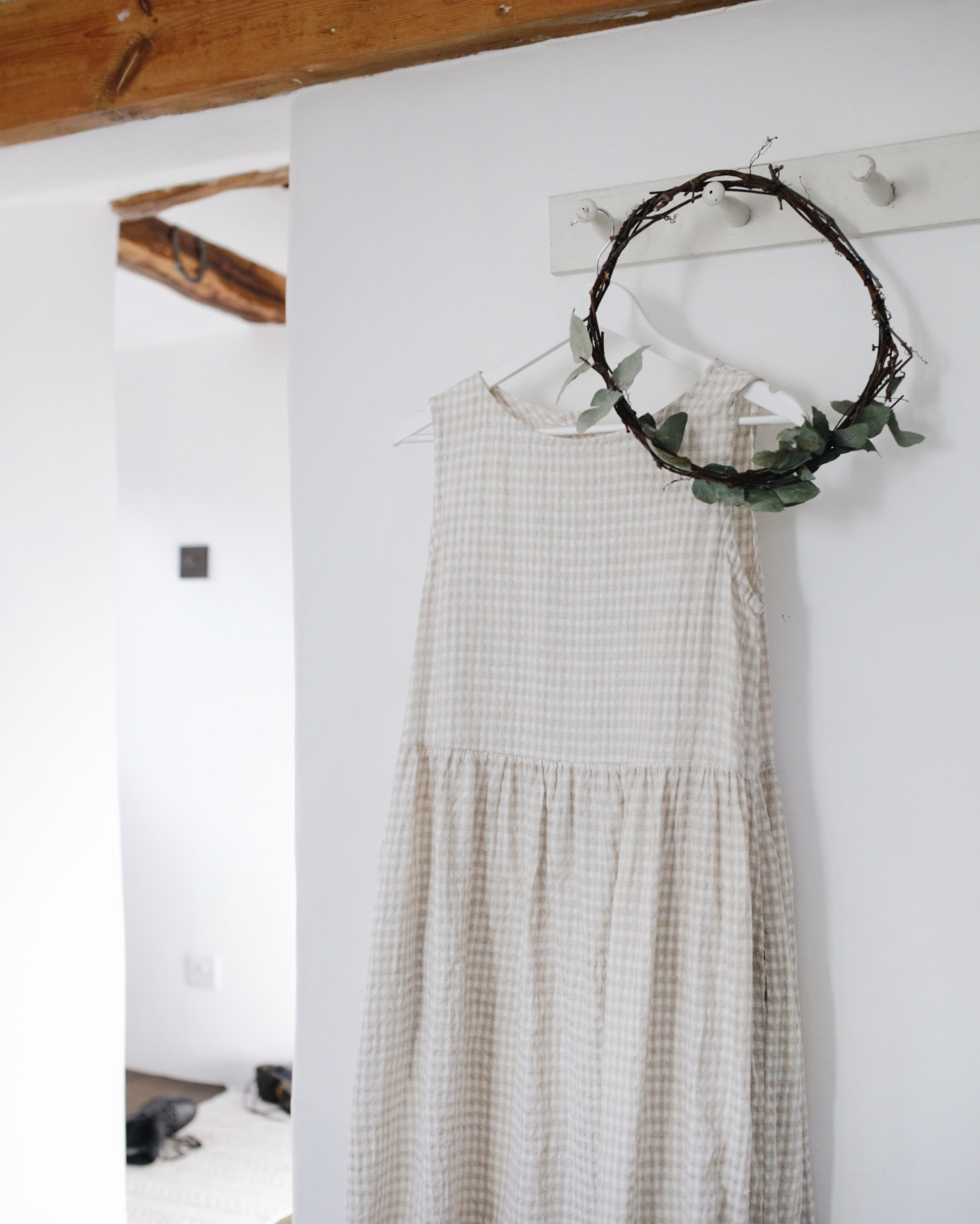
Don’t throw everything out and start again
As tempting as it can be to wipe the slate clean and start all over again with a purely ethical wardrobe, this is not the answer. I went through a phase of feeling ashamed of owning fast fashion brands, as of course, I’d rather own a purely ethical wardrobe. I moved through this on the realisation that we’re all learning together and throwing perfectly good clothes out will only add to the problem. The best thing we can do is to wear what we’ve got now for as long as possible so we’re not adding to the waste issue. Moving forwards, when it does come to replacing pieces, then this is the time to exercise our new found ethics.
Shop second hand
One person’s trash is another person’s treasure. Hit wealthy areas for the best pick of charity shops. Vintage stores are also enjoying a moment right now, but these can be tricky to find depending on where you live. If you’re a London dweller for example, you are lucky with a wealth of options including the likes of Portobello Road. If not, then online stores such as Retold Vintage, eBay, Depop and Vestiare Collective are great places to start for the rest of us. Bloggers are also waking up to sustainability issues surrounding fashion and selling their gorgeous wardrobes off regularly. Keep an eye out on their Instagram feeds for bargain pieces.
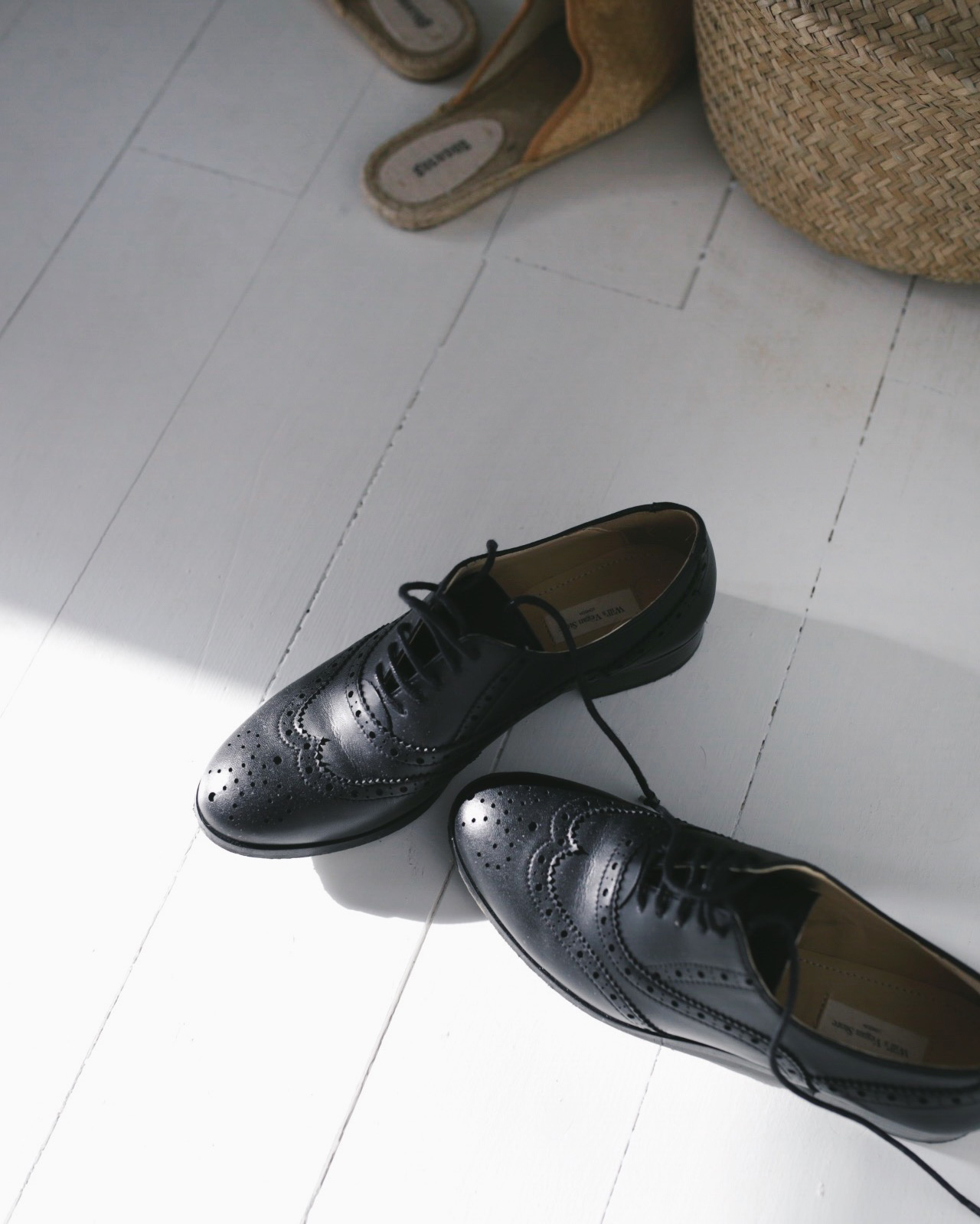
Create a collection of your favourite ethical brands
Thank goodness for the internet! We can thank it for connecting us to brands who are creating beautiful clothes with consideration, compassion and with the intention of them lasting us longer than the latest trends. Ethical brand directories are plentiful and I find these are the best way to discover new brands. I have my own directory of favourites on my blog but Allison Simmonds, Field and Nest, Candice Tay and morethislessthat also have great recommendations. Get to know your favourite brands, there are some beauties out there. Brands such as Nadinoo, Stalf, Will’s Vegan Shoes, Thought clothing and People Tree are among my current favourites and suit a range of budgets.
Fabrics matter
Some fabrics are more sustainable than others. Organic cotton, linen and bamboo are favourites amongst the ethical brands, although there is an argument that natural materials aren’t always kinder to the environment, with some polyester requiring less energy to make. This can become a minefield, but sound advice is to simply consider the company’s manufacture methods before making a purchase by checking their ethics policy on their website.
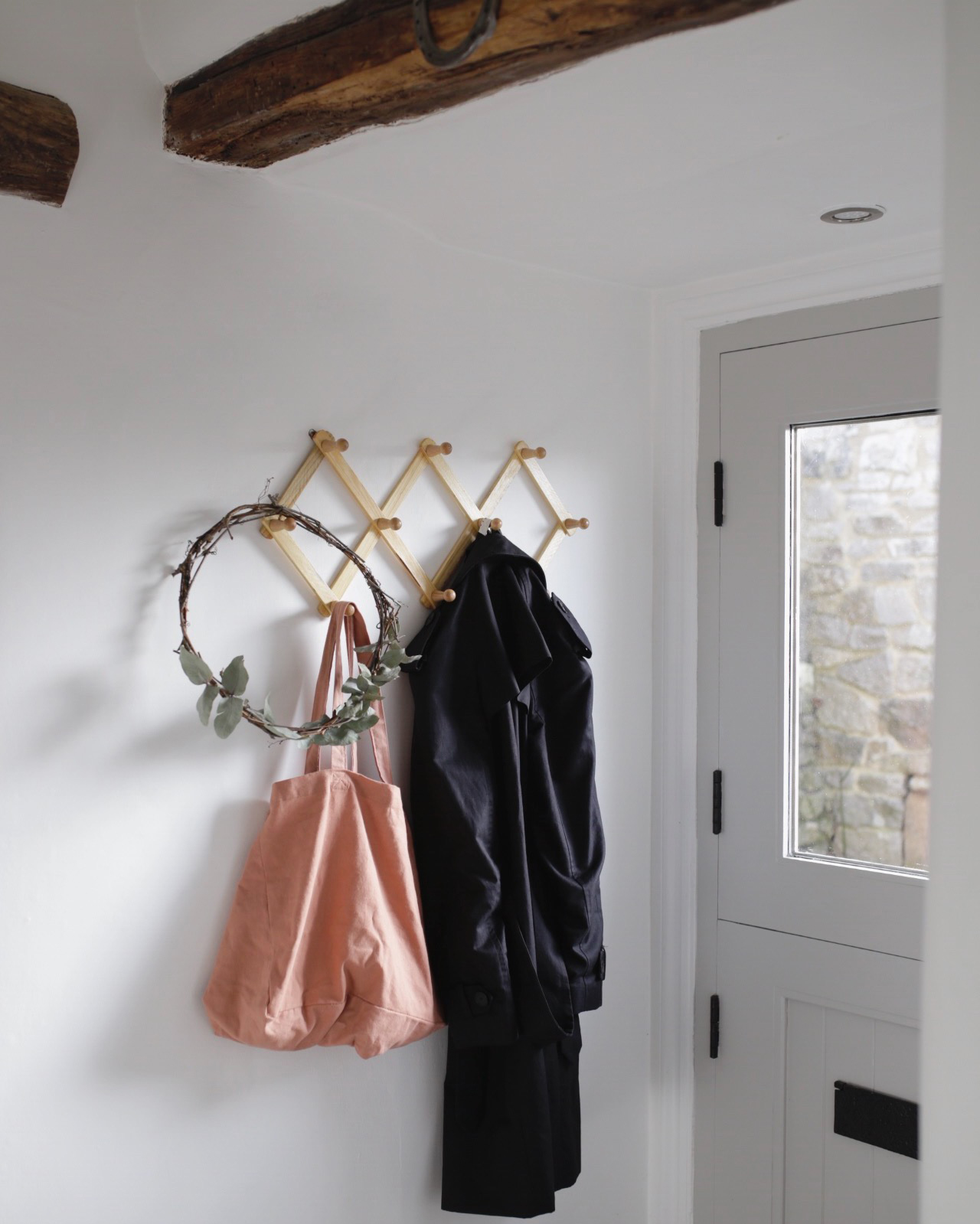
Ask a few more questions
Before you buy anything new, take a few moments to consider if you really need it. Do you already have 20 stripey tees and another one isn’t really going to add anything new to your wardrobe? Could you ‘shop your existing wardrobe’ and repurpose something you’ve already got? Assess the ethics of the company you’re looking to buy from and always ponder if you can see yourself wearing this new piece you’re swooning over for years to come, or is it just for one night? If yes, maybe you could borrow something from a friend instead or look to hire an outfit. Anything you can do to slow down your wardrobe will help the cause and boost you up the ethical charts.
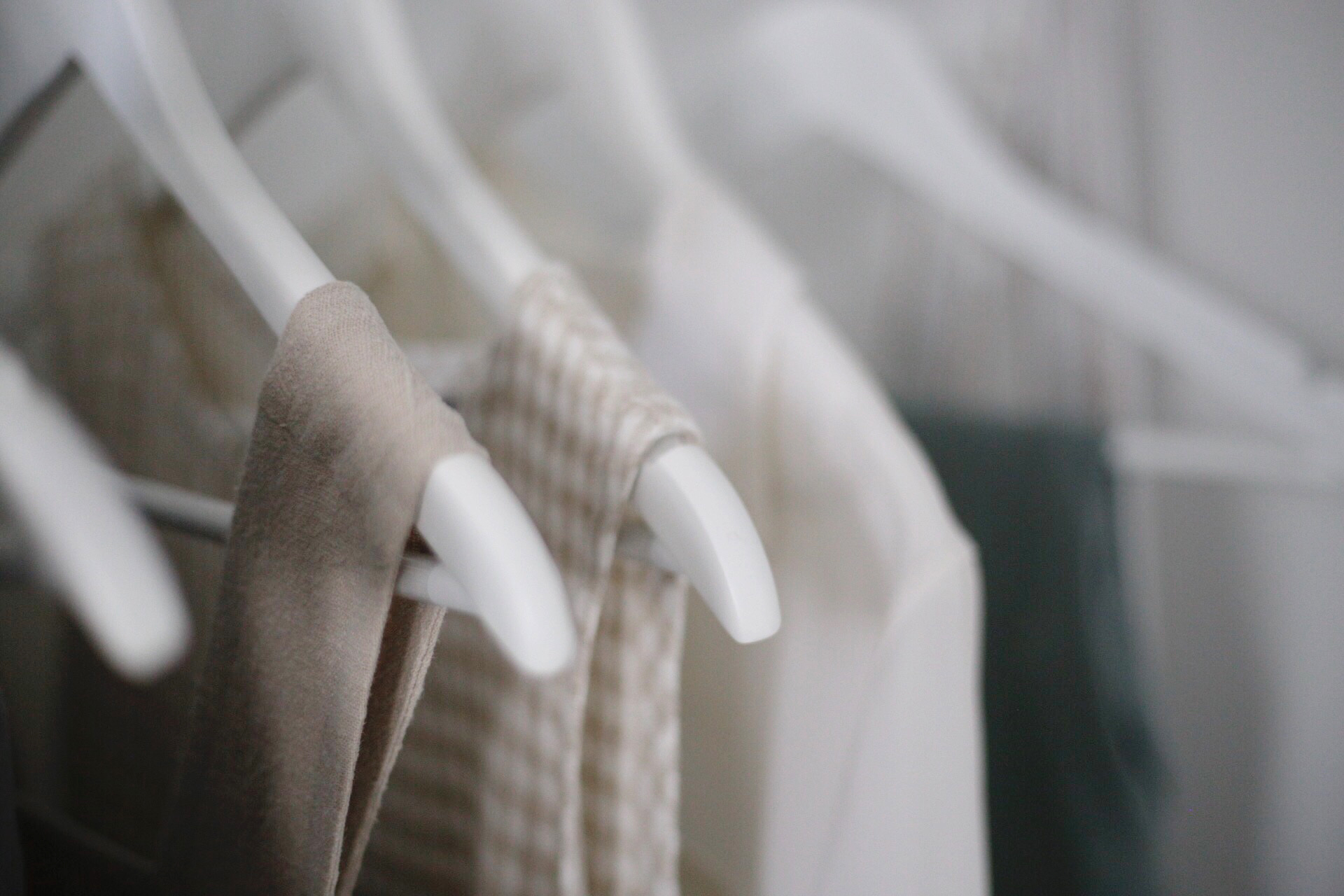
Take care of what you’ve got
I’ve always been a stickler for shoving anything and everything in the washing machine before going on to transfer it in the tumble dryer. Buying quality items made to last in the first place is always the best way to make your clothes last longer, but taking the time to read the care labels on my clothes has also been a game changer for me. Wash at the right temperature and resist the tumble dryer where possible. Store clothes in the respectful way they deserve instead of scrunching them up in drawers, and consider a gentle eco-friendly washing detergent that will be kind to fabrics. (see this previous post for more advice on eco laundry care.)
Always recycle
We’ve run out of excuses when it comes to clearing out our wardrobes and dumping our cast offs in the bin. This simply is not sustainable and is having horrific consequences on our planet. Clothing banks where we can recycle or donate out clothes are scattered throughout the country and you’ll often see them at supermarkets, village halls or even in multi-storey car parks. The difference recycling can make is huge and this is always the best way to dispose of our clothes.
Photography: Jessica Rose Williams
